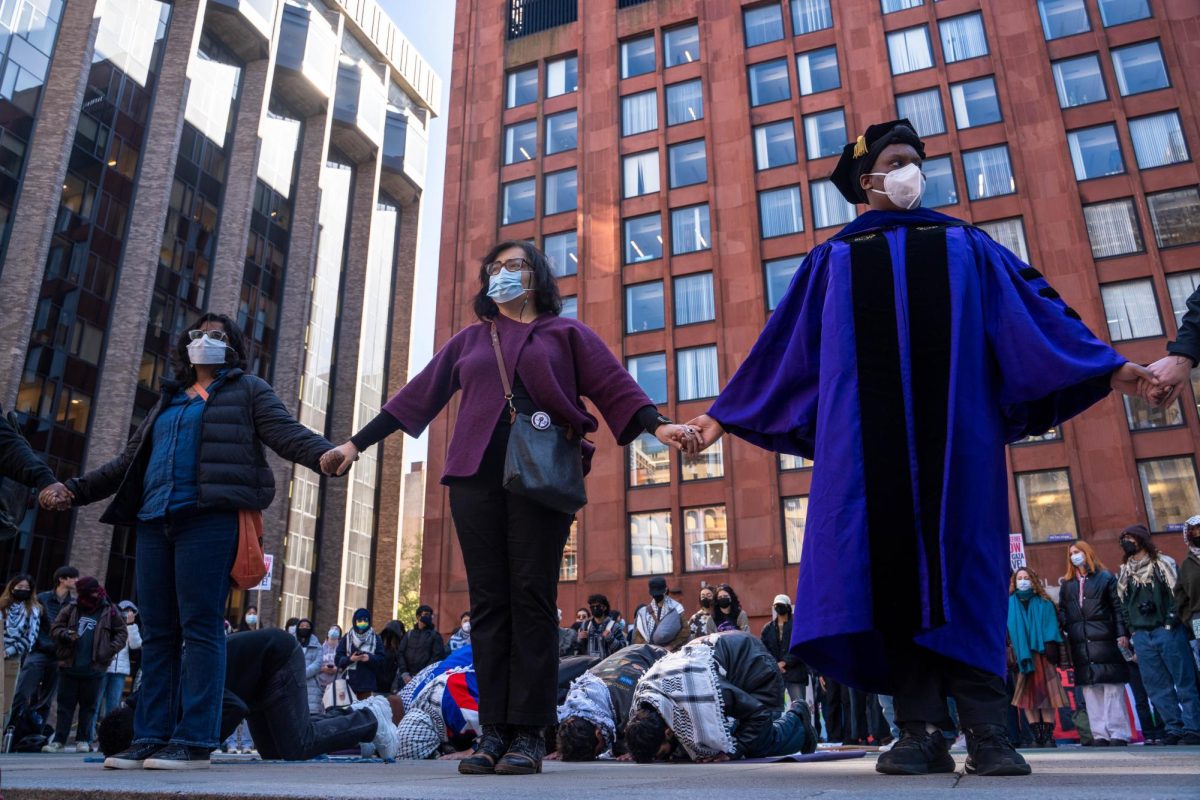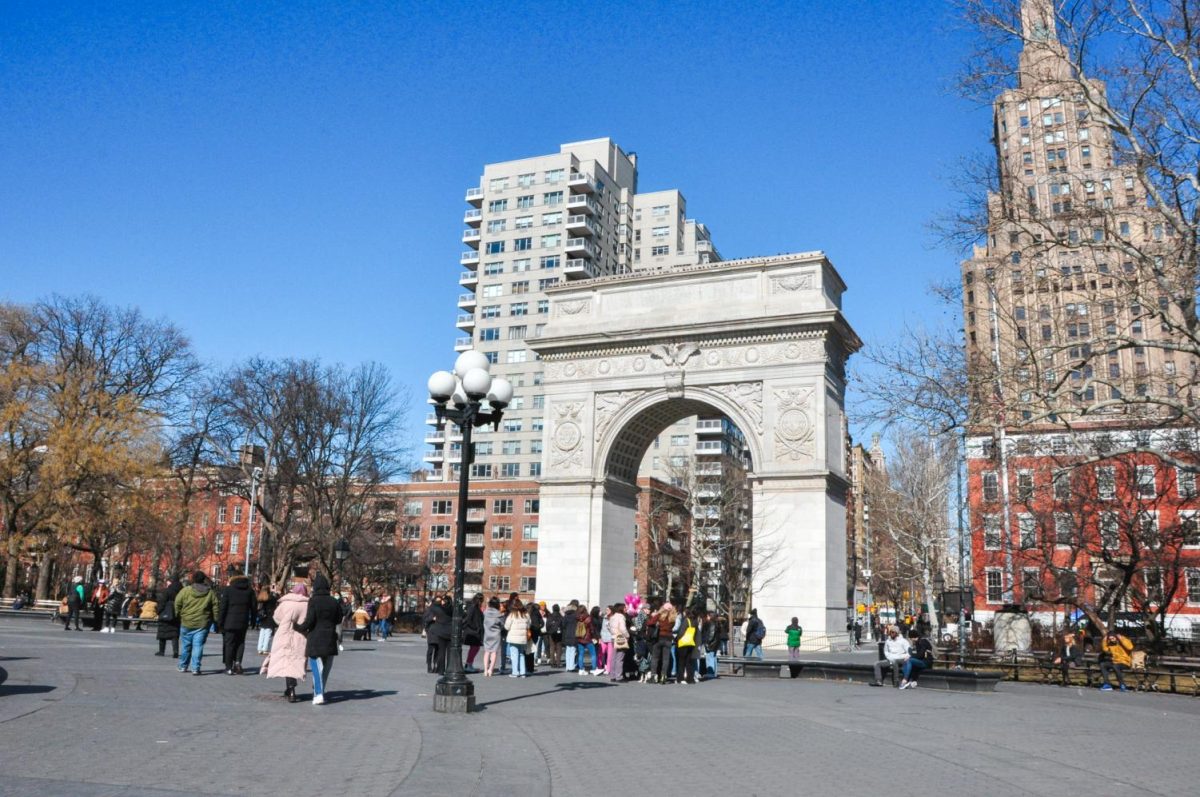New York’s Imminent Need for a Supervised Injection Facility
April 3, 2017
In 2016, approximately 1,300 New Yorkers died of preventable drug overdoses — 80 percent of those deaths were linked to opiate use. This rise can be partially attributed to fentanyl, a power synthetic opiate 50 to 100 times stronger than morphine, which has recently being added to street heroin to increase potency. As a syringe exchange outreach worker, I feel a sense of hopelessness among my clients. Older clients remark that they have not witnessed this many deaths among one particular population since the height of the HIV/AIDS epidemic. New York City can no longer ignore this public health emergency. As a radical, innovative proposal to combat opiate overdose deaths, the city should open Supervised Injection Facilities.
SIFs are spaces where drug users can inject street drugs under medically supervised conditions. SIFs bring marginalized, misunderstood and stigmatized people off the streets and out of the shadows. There are 98 SIFs operating in 66 countries around the world with InSite in Vancouver being the most studied amongst them. All InSite staff are trained in the administration of Naloxone — an opiate antagonist used to reverse overdose — and the site has never lost a participant from opiate overdose, even after supervising over one million injections and encountering hundreds of overdoses. Taking inspiration from InSite’s success, Seattle recently piloted their own SIF, and New York must follow suit. Momentum has been building since the inception of SIF NYC, a public coalition of harm reduction professionals, syringe exchanges and criminal justice organizations pushing for SIFs. Pressure from SIF NYC led the de Blasio administration to commit $100,000 to studying the efficacy of establishing a SIF in New York.
Unsurprisingly, SIF NYC faces criticism and ambivalence. SIF critics often ground their language around lawless spaces of drug use, where medical professionals enable addicts and junkies to continue their deviant behavior. Aside from trafficking in stigmatizing language, these arguments rely on inaccurate and archaic perspectives on how to treat substance use. The arguments being made against SIFs in New York — in the face of mountains of evidence to their efficacy — echo the arguments made against syringe exchange before legalization in 1992. Instead of criminalizing drug users for syringe possession, the city legalized syringe exchange, and rates of HIV among injection drug users in New York City fell from 50 percent to their current rates of around seven percent.
Opiate overdose in New York doesn’t have to be deadly. The city has done great work to raise awareness of overdose. Their push to make Naloxone widely available and study SIF feasibility in particular should be commended. Now, the de Blasio administration must forcefully push for the implementation of a SIF as another public health intervention to save lives, connect people to care and destigmatize drug use.
Sam Rolfe is an MSW candidate at New York University’s Silver School of Social Work. He currently splits his time working at NYU and at the Lower East Side Harm Reduction Center, a syringe exchange and community health center in Lower Manhattan.
Opinions expressed on the editorial pages are not necessarily those of WSN, and our publication of opinions is not an endorsement of them.
Sam Rolfe is an MSW candidate at NYU’s Silver School of Social Work. He currently splits his time working at NYU and at the Lower East Side Harm Reduction Center, a syringe exchange and community health center, in Lower Manhattan.
Email Sam Rolfe at [email protected].











































































































































